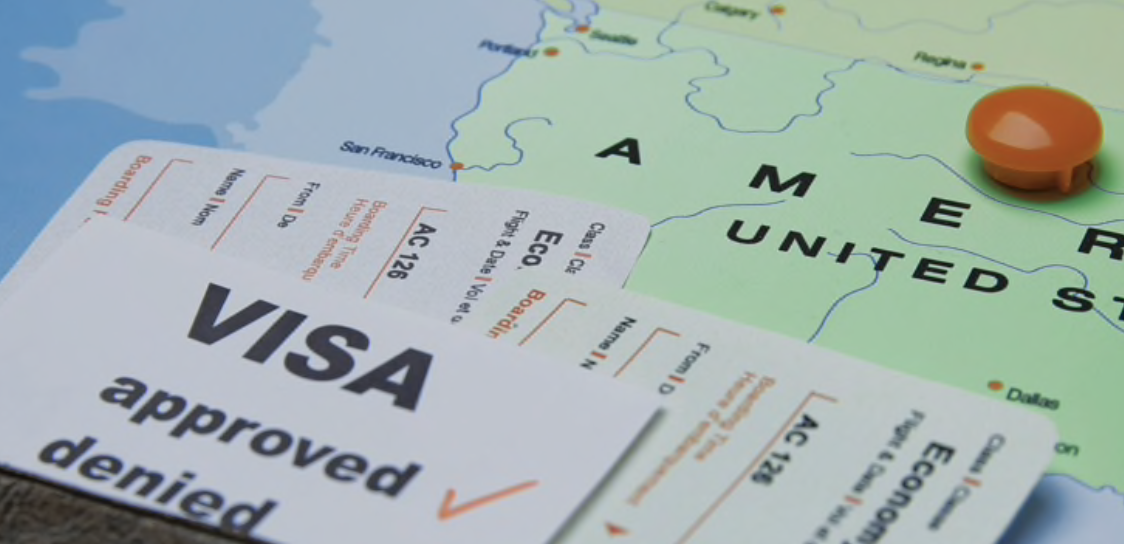Access, accountability, and the public’s right to look inside
PRAY FIRST for all federal leaders and elected officials to embrace transparency and open accountability.
Blessed are the pure in heart, for they shall see God. Matthew 5:8
Government transparency. A term we hear thrown around lately, but what does it mean for citizens of the United States? Government transparency is a “promise” that public institutions operate openly, decisions aren’t hidden, and power is held to sight rather than to speculation.
Transparency in Practice
In essence, transparency means people have mechanisms to see how tax dollars are spent, to review regulatory decisions, or to examine internal memos. One key tool is the Freedom of Information Act (FOIA), which allows the public to request access to federal agency records.
Since its enactment in 1966 (effective 1967), FOIA has evolved. The original 1966 law provided a statutory route for disclosure unless a document fell into one of nine exemptions:
– Classified national defense and foreign relations information
– Internal agency rules and practices
– Information prohibited from disclosure by another federal law
– Trade secrets and confidential business information
– Inter-agency or intra-agency communications protected by legal privileges
– Information that would invade personal privacy
– Records compiled for law enforcement purposes that could interfere with enforcement proceedings
– Information related to the regulation of financial institutions
– Geological and geophysical information concerning wells
Over time, main amendments expanded access, clarified exemptions, and pushed agencies to publish data proactively—such as under the Electronic FOIA Amendments of 1996. FOIA also now includes provisions for appeals and judicial review.
However, transparency is never absolute. The law itself includes nine exemptions and several exclusions that allow withholding for national security, law enforcement, personal privacy, or internal deliberations. Deciding those limits falls largely to agencies, courts, and Congress, which balance the public’s right to know against risks like exposure of classified operations or confidential business data.
Agencies can face tension: how open is too open? They must protect national security, personal privacy, and the integrity of deliberative processes, while not hiding unjustified secrecy behind vague classification. In many cases, they rely on internal rules, redaction practices, and case precedents to adjudicate the tension.
Since many people are unfamiliar with FOIA’s mechanics, the process can be opaque—identify the correct agency, describe the records you want, submit a request, wait, perhaps appeal. FOIA.gov provides guides and tools to assist, but many people are not aware this resource even exists.
This makes journalists and watchdog groups essential to bridging that gap. They usually file FOIA requests at scale, push agencies to release information, and turn documents into public stories. Their sustained pursuit often reveals governmental failures, corruption, or gaps between public policy and implementation.
Nevertheless, digital technology has shifted expectations. People now expect near-instant access to data and budgets online, interactive dashboards, and searchable datasets. Many governments responded with “open data” portals. These often publish financial records, performance metrics, contracts, or location-based data.
Such portals can work, but success depends on ease of use, metadata, consistency, and clarity. In many instances, raw data is published but not explained, formatted poorly, or inaccessible to nontechnical users. The promise of open data still struggles against bureaucratic habits and uneven resources.
Whistleblowers
Whistleblowers are those within government or associated institutions who expose wrongdoing and are another vital transparency mechanism. Under U.S. law, many federal employees are protected by statutes such as the Whistleblower Protection Act (WPA) and various agency inspector general protections. These laws are intended to prevent retaliation like firing, demotion, or harassment.
History offers dramatic examples. In 1971, Daniel Ellsberg made public the Pentagon Papers, documents that highlighted differences between internal assessments and official accounts of the Vietnam War. In more recent decades, internal whistleblowers have revealed data misuse, coverups, or safety breaches—driving reforms in oversight, legislation, and public awareness.
Yet protections are imperfect. Some laws exclude contractors or intelligence employees. Some whistleblowers lose their careers, face legal threats, or endure deep personal costs. The issue presents a moral dilemma. Classified information can uncover misconduct but releasing it may also put lives or national security at risk. So, where is the balance, and how can it be achieved?
Agencies hoping to encourage internal reporting often establish anonymous hotlines, protection policies, and internal compliance offices. However, for those policies to work, there must be real consequences for retaliation and clear paths for safe disclosure.
Unfortunately, past cases teach painful lessons that even when laws exist, individuals often face career sabotage, legal battles, or ostracism. A culture of accountability demands more than statutes. It requires safe houses, integrity, and community support.
Cultivating a Culture of Accountability
When public institutions are open and internal voices are heard, trust and civic engagement grow. Citizens who see the government doing what it says—and admitting mistakes—feel less alienated and more invested. Transparency helps transform suspicion into dialogue.
Whistleblowers deserve neither sainted myth nor generalized condemnation. Often, they are citizens fulfilling a duty to reveal failures, ask hard questions, and provoke necessary reform. Their acts belong neither to hero worship nor treachery but to moral conviction.
In order to promote such a culture, leaders must lead by example by publishing data, responding to requests, protecting internal reporting, and treating disagreements not as betrayal but as feedback. Citizens can remain informed, ask questions, and support those who come forward. Faith communities can teach integrity, offer sanctuary, and remind leaders that all power is accountable to God.
Federal Action
In the last year the U.S. federal government has launched several initiatives to improve transparency and accountability, focusing on open data, procurement reform, and responsible AI governance.
The Fifth U.S. Open Government National Action Plan (NAP 5), which concluded in late 2024, laid out commitments across five key themes: civic space, public participation, anti-corruption, open data, and inclusive policymaking. It introduced a multi-level framework for tracking progress and emphasized collaboration with civil society to ensure government openness. In parallel, the Federal AI Governance and Transparency Act of 2024 was introduced to regulate the use of artificial intelligence across federal agencies, mandating clear reporting, ethical standards, and public disclosure of AI systems used in decision-making.
In 2025, the Government Accountability Office (GAO) highlighted ongoing challenges in federal procurement transparency. Although the Office of Management and Budget (OMB) issued guidance for agencies to certify procurement data, only about half complied, and many systems remain outdated. The GAO urged modernization of data systems and stronger oversight to ensure spending transparency. Additionally, the Office of Special Counsel proposed policy updates to accelerate agency accountability and improve whistleblower protections, aiming to foster a culture of openness and responsiveness across federal institutions.
Why It Matters and How We Can Respond
Truth and trust should not be optional in our society. When governments speak openly and citizens listen, the moral bonds of community remain strong. As Psalm 119:105 says, “Your word is a lamp to my feet and a light to my path”—the light of transparency guides every decision and fosters confidence that we walk together, not in darkness.
We need to care. Silence in governance empowers apathy, suspicion, and division. We can learn to act not out of outrage alone but with endurance, discernment, and steady, principled demand for clarity. As followers of Jesus, we are called to speak truth in love (Eph. 4:15). When we hear claims of secrecy or hidden agendas, we respond not with cynicism but with clarity, compassion, and inquiry. We can pray for open hearts, careful stewardship, and honest voices so that transparency serves people and not agendas .
HOW THEN SHOULD WE PRAY:
— Pray for God to lift up all in government to speak the truth and shed light on the dark places. The righteous know the rights of the poor; the wicked cannot understand such knowledge. Proverbs 29:7
— Pray for all Americans to engage responsibly, ask pertinent questions, and support accountability from our government. Let the wise hear and increase in learning, and the one who understands obtain guidance. Proverbs 1:5
CONSIDER THESE ITEMS FOR PRAYER:
- Pray for agencies and institution leaders to adopt meaningful openness and transparency policies and procedures.
- Pray for God to be at work within communities and across politics or ideology around the nation in order that we may build transparency and trust.
- Pray for all who hold public office to seek humility in public discourse and to seek God’s perfect truth.
Sources: Congress.gov, Government Accountability Office, Office of Special Counsel, General Services Administration, Justice Department, Freedom of Information Act (foia.gov), Office of Inspector General, House of Representatives, Financial Crimes Enforcement Network, Whistleblowers.gov, National Security Archive, Drug Enforcement Administration, Department of Justice









